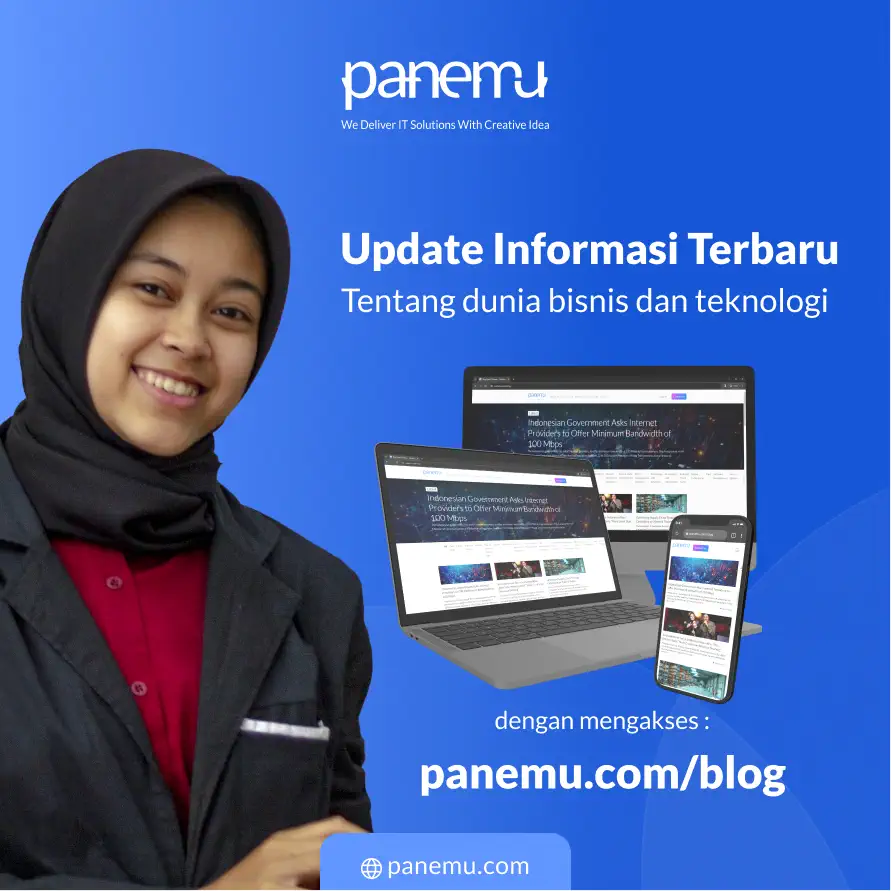
Friendster, once the reigning king of social media, is poised for a remarkable revival. The familiar friendster.com website is back online, greeting visitors with a clean white interface adorned with diverse faces. The homepage proudly declares, "A New Era of Personalized Networking. Bringing it Back to the People. Rediscover the enchantment of the early social network era, now rejuvenated with a contemporary twist. Friendster is better than ever and for the people."
The Rise and Fall of Friendster
Established by Jonathan Abrams in 2002, Friendster was a pioneer in the realm of social networking. Initially conceived as a platform for making new friends, this California-based social media site aimed to facilitate connections between individuals. Friendster became a hub for staying in touch with old friends, communicating with others, discovering events and brands, sharing media and online content, and pursuing hobbies.
At its zenith, Friendster boasted tens of millions of registered users, attracting attention from giants like Google, which offered a staggering $30 million for acquisition in 2003. However, the social media titan began to experience a decline in 2006, losing much of its popularity in the United States and finding a stronghold in Southeast Asia.
In 2009, Friendster underwent a significant transformation, being acquired by MOL Global, an Asian internet company, for $26.4 million. By 2011, Friendster had shifted from being a social networking site to a social gaming platform, redirecting its focus from socializing to entertainment. User accounts remained intact, but user information, including photos, was eventually deleted. Friendster allowed users time to back up their data before the complete wipeout.
After a few years, Friendster closed its doors for good, shutting down its services and website in 2015. Since then, Friendster has been inaccessible—until now.
Friendster's Reappearance
After a prolonged silence, Friendster has emerged with reports of a comeback. The official website, https://friendster.com/, is once again accessible to the public. The new Friendster, with its white background featuring rounded faces, promises to bring back the essence of early social networking with a modern touch.
"Bringing it back to the people. Rediscover the charm of the early social network era, now rejuvenated with a contemporary twist. Friendster is better than ever for the people," reads the subsequent line on the website.
A column below this statement allows users to enter their email, placing them in a queue for an early experience of the revamped Friendster. Over 20,000 individuals have already joined the queue, eager to explore the anticipated return of Friendster.
Friendster's Impact on Indonesia
Friendster holds a special place in the hearts of Indonesians, being one of the first social media platforms introduced to the country. Created by Canadian programmer Jonathan Abrams in 2002, Friendster began operations in 2003. The name "Friendster" combines "Friend" and "Napster," signifying the platform's aim to connect people worldwide.
During the 2000s, Friendster gained immense popularity among Indonesian youth, serving as a virtual space to make friends or find romantic connections. It evolved into a social platform connecting people globally.
According to Venturebeat data from June 2008, Friendster had a monthly active user base of 37.1 million, with the majority located in Asia. The total user count in that year reached 115 million. Friendster secured substantial funding, exceeding $50 million from venture capital firms like Kleiner, Perkins, Caufield & Byers, and Benchmark Capital.
Despite its success, Friendster's glory began to wane with the arrival of Facebook in 2004. Although Friendster revamped its platform, Facebook's superior approach and features quickly overshadowed its predecessor. Mark Zuckerberg's Facebook efficiently addressed the shortcomings of Friendster, gradually displacing its presence.
As user numbers dwindled, Friendster was eventually sold to Malaysian company MOL Global in 2009 for $40 million. Friendster transformed into an online gaming website, with user data gradually erased by May 31, 2011. Facebook emerged victorious, absorbing Friendster's user base.
Now, Friendster is poised for a comeback, aiming to recapture its past success. The official release date remains unknown, but anticipation builds as users await the exciting developments from this social media pioneer.

